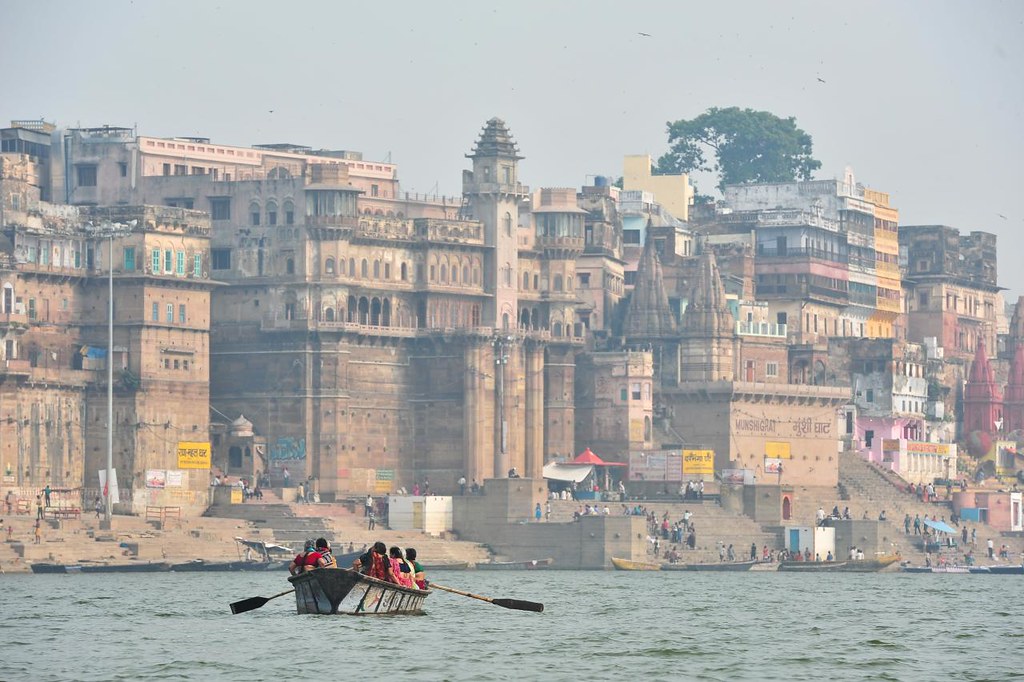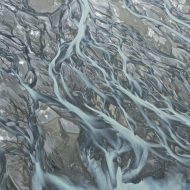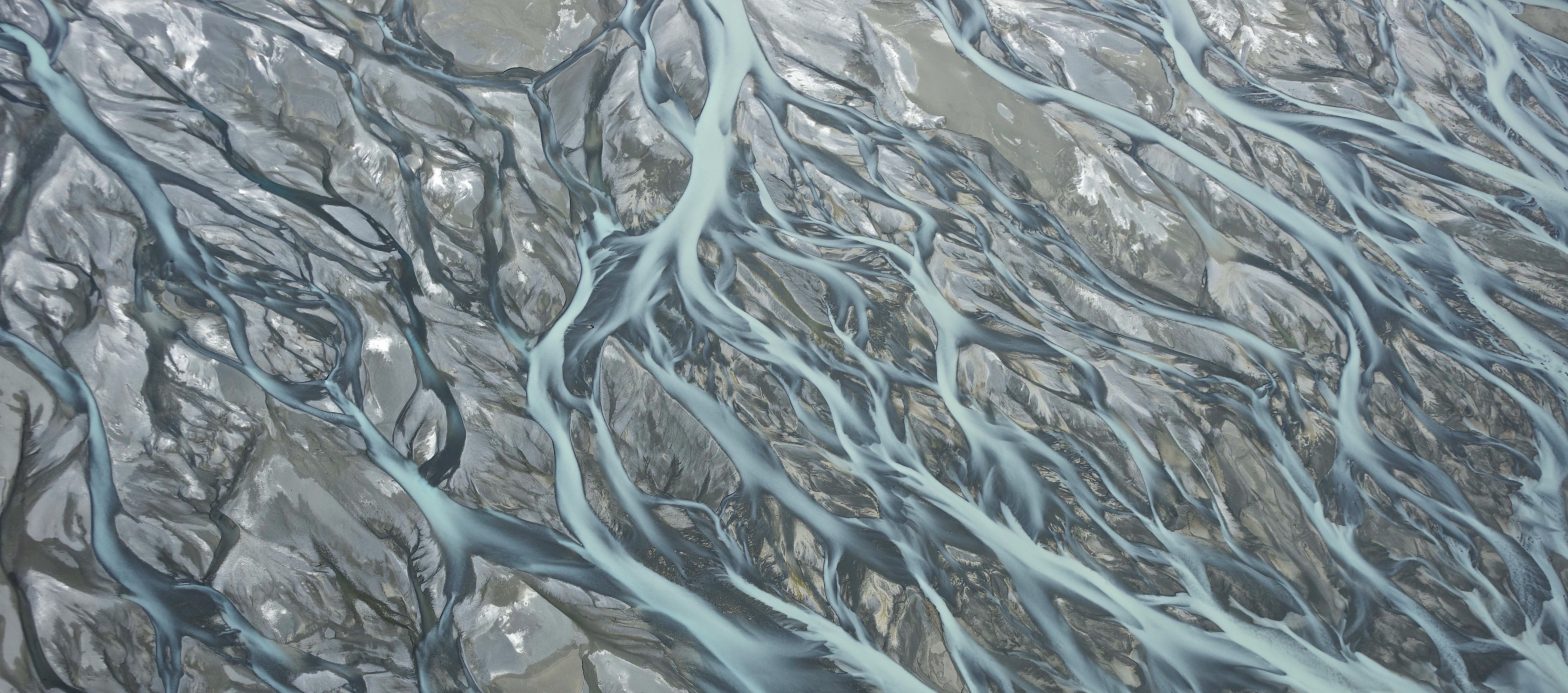The Ganges and Yamuna Rivers

In April 2017, an Indian court declared the Ganges and Yamuna rivers to be living entities. The Ganges is one of the world’s largest and most polluted river systems, with tonnes of raw sewage and industrial waste polluting the river. It snakes 2,500 kilometres (1,553 miles) across northern India from the Himalayas to the Bay of Bengal.
The Ganges river that is also highly valued by Indians for its healing powers. In an attempt to reduce pollution levels in the two rivers, India’s Uttarakhand High Court ruled that the Ganges and the Yamuna River (a major tributary of the Ganges) have the same rights as a legal person.
The original ruling from the High Court in Uttarakhand held that the Ganges and Yamuna rivers were legal persons, but that their legal personhood was a combination of three types of legal persons: legal persons, living persons and moral persons. The effect of this was that the rivers were granted human rights. In March 2017, the Indian Supreme Court overturned the decision recognising the Ganges and Yamuna rivers as legal persons. That decision came following a petition by the Uttarakhand Government that the legal status of the rivers was unsustainable at law.
The state argued that their legal status created uncertainty about who the custodians are and who would be liable to pay damages to the families of those who drown in the two rivers. In a separate order in April 2017 the Indian High Court has recognised Himalayan glaciers, lakes and forests as «legal persons» in the mountainous state in a bid to curb environmental.

